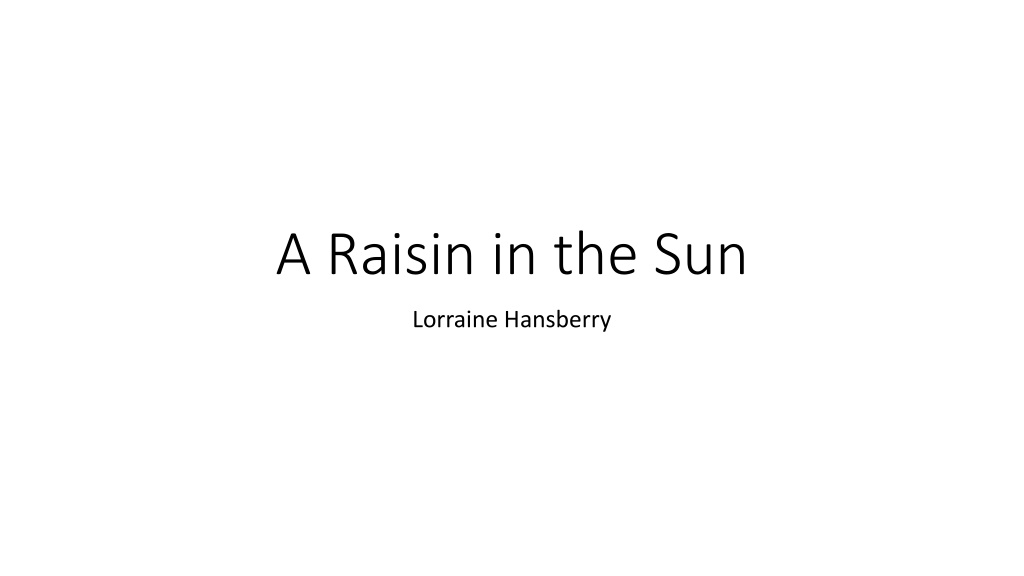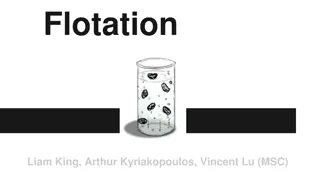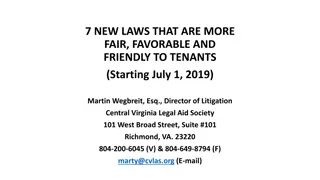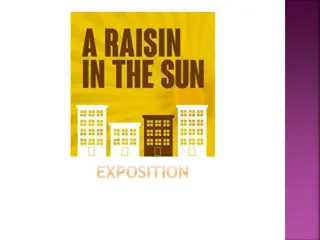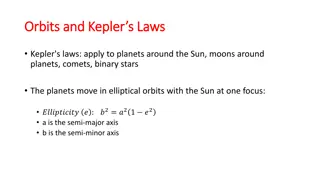Redlining and Gentrification in "A Raisin in the Sun
Explore the themes of assimilation, identity, and racism in Lorraine Hansberry's iconic play "A Raisin in the Sun." Delve into the historical context of redlining, the Great Migration, and racially restrictive real estate covenants, shedding light on the impact of gentrification. Discover how these real-world issues of discrimination and displacement resonate in the characters' struggles for a better future.
Download Presentation

Please find below an Image/Link to download the presentation.
The content on the website is provided AS IS for your information and personal use only. It may not be sold, licensed, or shared on other websites without obtaining consent from the author.If you encounter any issues during the download, it is possible that the publisher has removed the file from their server.
You are allowed to download the files provided on this website for personal or commercial use, subject to the condition that they are used lawfully. All files are the property of their respective owners.
The content on the website is provided AS IS for your information and personal use only. It may not be sold, licensed, or shared on other websites without obtaining consent from the author.
E N D
Presentation Transcript
A Raisin in the Sun Lorraine Hansberry
Context Originally debuted on Broadway in 1959 Has seen several revivals as recently as 2014 Denzel Washington played Walter Younger South Side of Chicago The title is based off of Langston Hughes poem, Harlem (A Dream Deferred). Motivated by real-life lawsuit, Hansberry v. Lee (1940), to which Hansberry and her family were fighting racially motivated, restrictive housing covenants
Themes Assimilation and Identity Redlining and Racism Being a man Concept of Home Being a Brother s Keeper Family and family dynamics/roles and family obligations/commitments Dreams Deferred Gender Roles
Redlining The Great Migration was the movement of 6 million African-Americans out of the rural Southern United States to the urban Northeast, Midwest, and West that occurred between 1910 and 1970. A phenomenon known as white flight occurred during the 1950s and 1960s consisting of middle-class whites leaving racially diverse urban areas to racially homogenous suburbs. Causes are varied, some argue desegregation of schools, others blame the migration of African-Americans out of southern states, while others argue that whites generally defended their space by way of violence intimidation, and legal tactics. In the United States, redlining is the practice of denying services, either directly or through selectively raising prices, to residents of certain areas based on the racial or ethnic composition of those areas. In some cases, there are restrictive covenants in place to keep specific minority groups out.
What is Gentrification? The process of renovating and improving a house or district so that it conforms to middle-class taste. Gentrification is typically the result of increased interest of external citizens to live in a certain environment. These areas generally contain a more unique flair or culture than most other places among society but might certain familiar middle class convenience or familiarity. In a community undergoing gentrification, the average income increases. Poorer pre-gentrification residents who are unable to pay increased rents or property taxes are forced out.
NE Portland African- American Population in 1970
NE Portland African- American Population in 1980
NE Portland African- American Population in 1990
NE Portland African- American Population in 2000
NE Portland African- American Population in 2010
